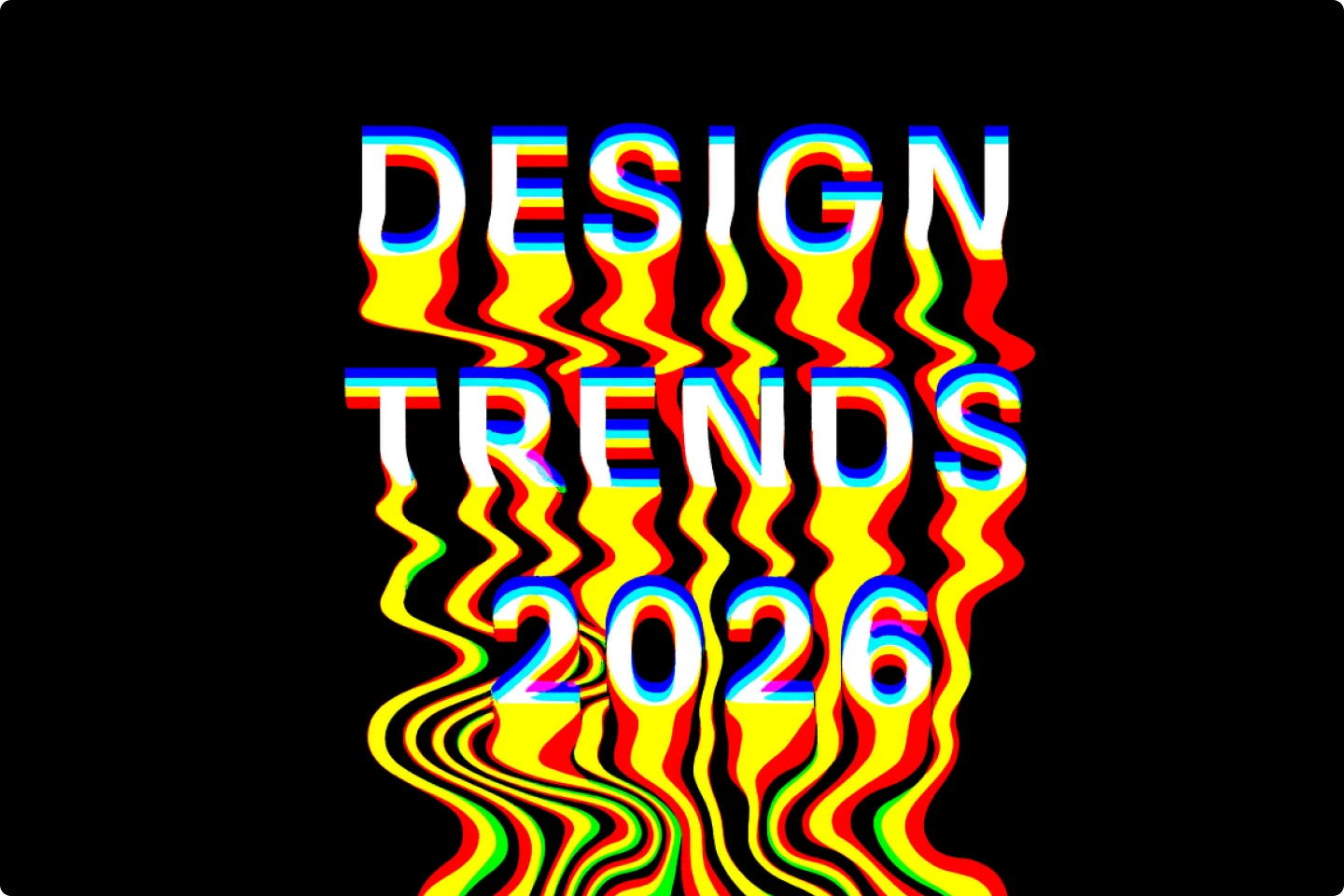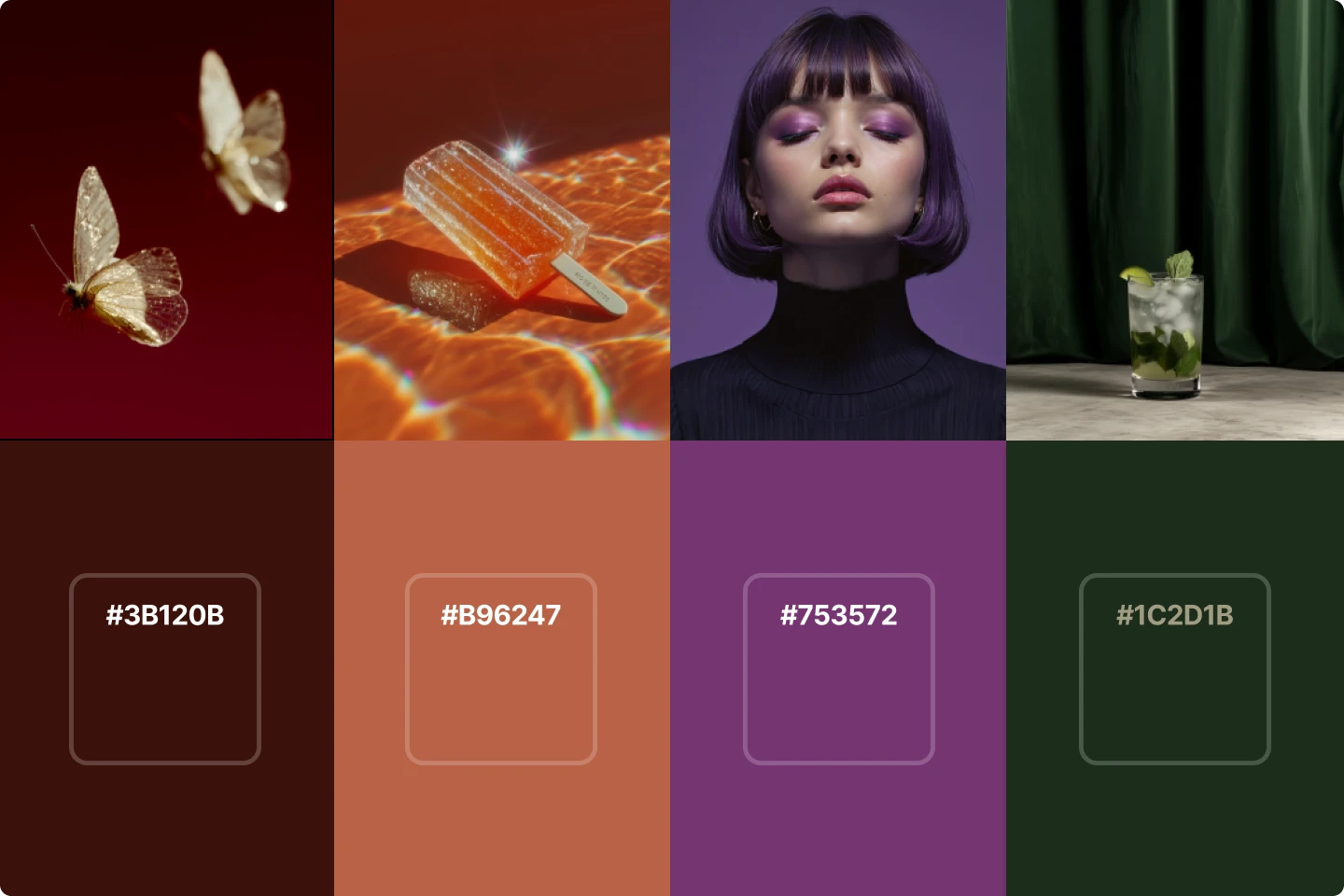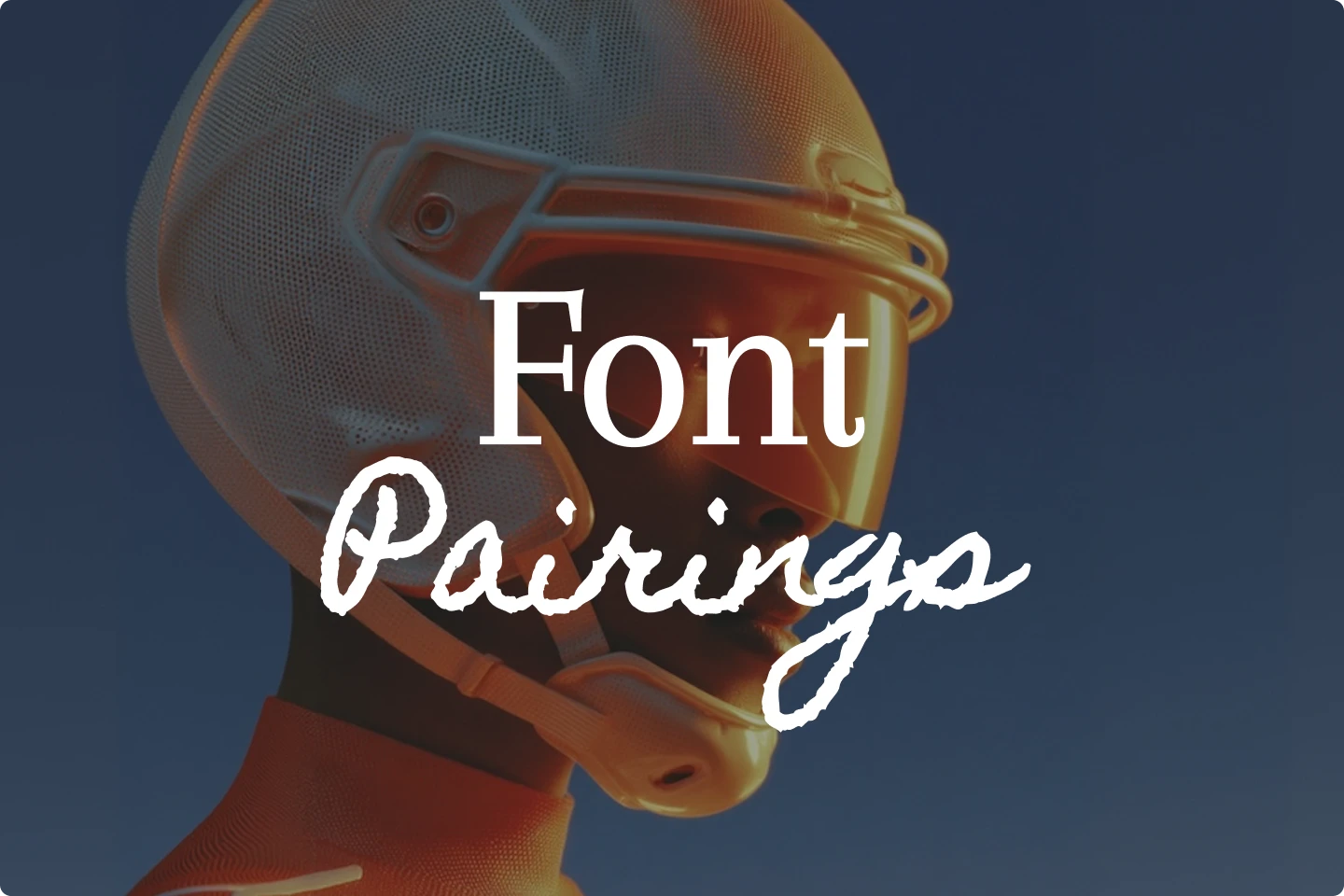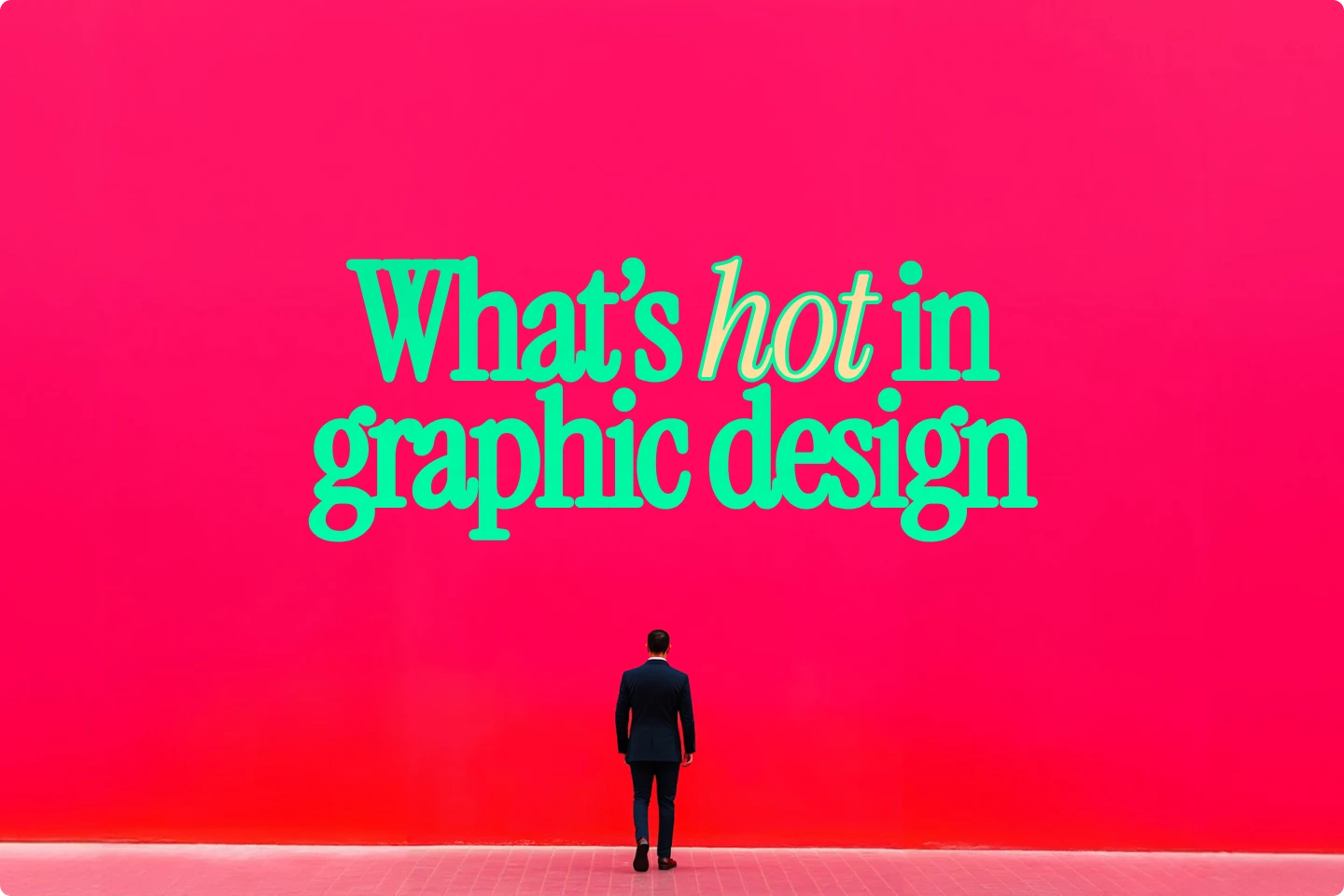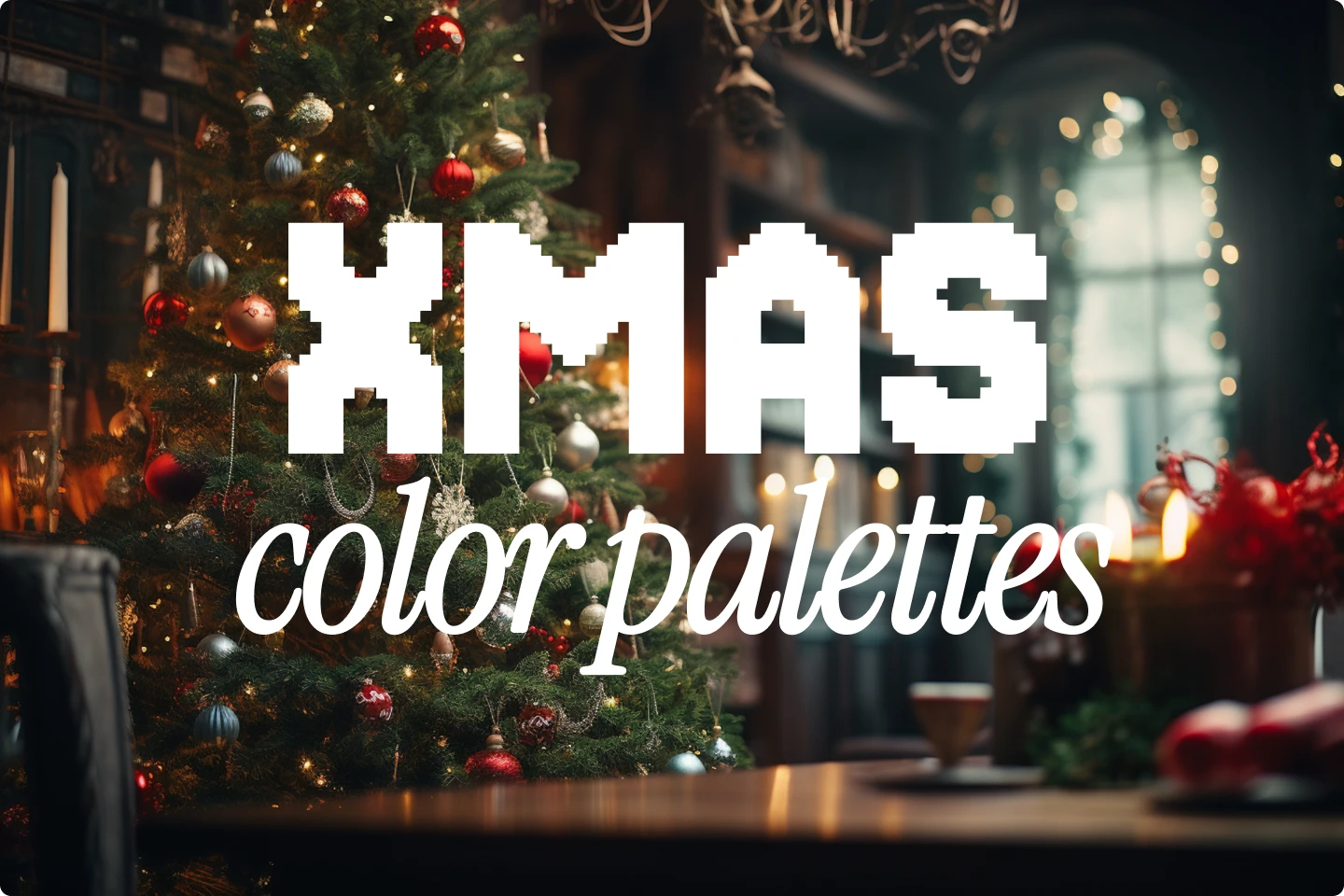6 packaging design trends you’ll see in 2025


As we move further into 2025, packaging continues to evolve alongside changing consumer habits, visual preferences, and brand strategies. We covered 6 trends you are sure to see this year.
What worked five years ago now feels outdated. That’s because today’s packaging must balance design and function while making an immediate first impression on the audience.
Packaging design in 2025 is focused, functional, and brand-specific. As businesses compete for attention in both digital and physical retail spaces, the need for clear, intentional packaging is key for both entrepreneurs and big-name brands. It’s why household name brands like Hostess and Mountain Dew put made big pushes for packaging redesigns in the last year.
A strong design now does more than look good. It needs to communicate value, support a brand’s positioning, and feel relevant to modern consumer expectations.
So, whether you’re just launching a product that needs some spiffy packaging, or an established brand looking to get ahead of competition, this is what you need to know about package design in 2025.
A look at what’s shaping packaging this year
This year’s top trends reflect a shift toward packaging that is easier to understand, easier to trust, and more visually aligned with specific audiences. Brands are reducing noise, enhancing personality, and refining how they show up on the shelf.
Here are the packaging design trends gaining the most traction in 2025.
1. Flat illustrations and blocky colors
In 2025, flat design is shifting away from soft minimalism and toward bold, geometric expression. Brands are using sharp-edged shapes, vibrant color blocking, and layered forms to create packaging that feels modern and energized. These visuals aren’t detailed or illustrative in the traditional sense. Think more abstract compositions built from solid color and clean outlines.
This approach works especially well for cosmetics, specialty food, and gift packaging where shelf appeal matters. The flatness gives the design structure, while the color blocking adds personality. Combined with minimal text and a strong layout, this style makes the product instantly recognizable.

Key features
- Bold, contrasting colors arranged in geometric shapes.
- Clean, flat surfaces with no gradients or shading.
- Abstract layouts that emphasize structure and symmetry.
- Often paired with minimal copy and strong sans-serif fonts.
2. Groovy and distorted lettering
Fonts are becoming more experimental in 2025, and one of the most noticeable shifts is the rise of trippy, distorted, and fluid lettering. Designers are using warped type to challenge expectations and draw in the viewer. These styles often include stretched curves, unpredictable spacing, and illusion-based designs.
You’ll see this type of work especially in niche consumer products like energy drinks, limited-run apparel, and music-adjacent merchandise. The goal is not perfect readability but emotional impact. These choices can add edge, humor, or unpredictability to a design while still delivering brand cues.

Key features
- Warped, stretched, or melted text effects.
- References to 1970s psychedelia and early digital aesthetics.
- Often applied to brand names or taglines.
- Strong contrast with clean backgrounds.
- Best suited for youth-oriented, experimental, or artistic brands.
3. 1940s and 1950s inspired visuals
Visual nostalgia continues to shape modern packaging, and this year’s take centers on the mid-20th century. Inspired by 1940s and 1950s design, these packages evoke familiarity through retro-futuristic fonts, classic color schemes, and handcrafted textures.
What makes this trend effective is how it connects older design language with current expectations. Brands that want to emphasize tradition, heritage, or artisanal methods often lean into this visual world. It suggests longevity and care, especially in food, grooming, and home goods.

Key features
- Use of slab serifs, script fonts, and traditional layouts.
- Subtle texture overlays that simulate vintage printing.
- Illustration styles similar to matchbooks, diner menus, or vintage ads.
- Typically combined with clean, modern typography for contrast.
4. Warm gradients and holographic colors
Gradients have evolved from background decoration to a key element in modern packaging design. In 2025, warm gradients—such as peach to coral, amber to rose, or lavender to gold—are being combined with holographic textures to add both depth and energy.
This trend is widely used in skincare, fragrance, supplements, and high-end tech accessories. Warmth in color helps add approachability, while subtle shine adds a premium feel. The gradient placement often follows curves or cuts across labels to guide the eye and define shape.

Key features
- Use of sunset tones and soft warm palettes.
- Selective application of holographic foil or finish.
- Integrated into structural design (e.g., curved boxes or pouches).
- Works across matte and glossy surfaces.
- Combines well with minimal labeling and sans-serif typography.
5. Neo-antique
Neo-antique is one of the more nuanced trends of the year. It merges classical motifs—think Roman columns, serif inscriptions, and museum-style framing—with modern color schemes and layouts. This style brings a sense of prestige and artistry without relying solely on traditional cues.
You’ll see this trend in premium packaging for items like wine, stationery, fragrances, and niche publishing.

Key features
- Serif typefaces inspired by classical typography.
- Use of architectural or ornamental motifs.
- Earth-tone palettes with gold or embossed accents.
- Framed label elements or symmetrical compositions.
- Often printed on textured or tactile paper stock.
6. Indie packaging design
Largely thanks to the creativity of Gen Z, indie packaging design is thriving in 2025 as small brands continue to prioritize personality and authenticity. This trend favors creative freedom over convention, often featuring hand-drawn elements, casual typography, and unique storytelling.
Unlike larger brands, indie packaging doesn’t aim for perfection. It embraces irregular layouts, honest messaging, and low-fi charm to build trust and emotional connection.

Key features
- Hand-drawn illustrations or charming 3D doodle styles.
- Asymmetrical layouts and mixed fonts.
- Personal language, founder notes, or handwritten elements.
- Often printed on kraft, recycled, or textured materials.
- Appeals to customers looking for uniqueness and craft.
Packaging for tomorrow's products
Packaging in 2025 is as much about clarity as it is about creativity. The trends highlighted here are helping brands meet higher expectations from today’s consumers. Whether it's through minimal illustration, expressive typography, or thoughtful use of color and material, each design choice is more deliberate.
As the retail environment becomes more saturated and more digital, effective packaging needs to carry both aesthetic appeal and practical function.
The strongest design and packaging feel this year is focused on relevance, structure, and visual storytelling. When done well, packaging becomes an extension of the product itself, clear, confident, and purposeful.
Finding the best AI logo generator in 2025

